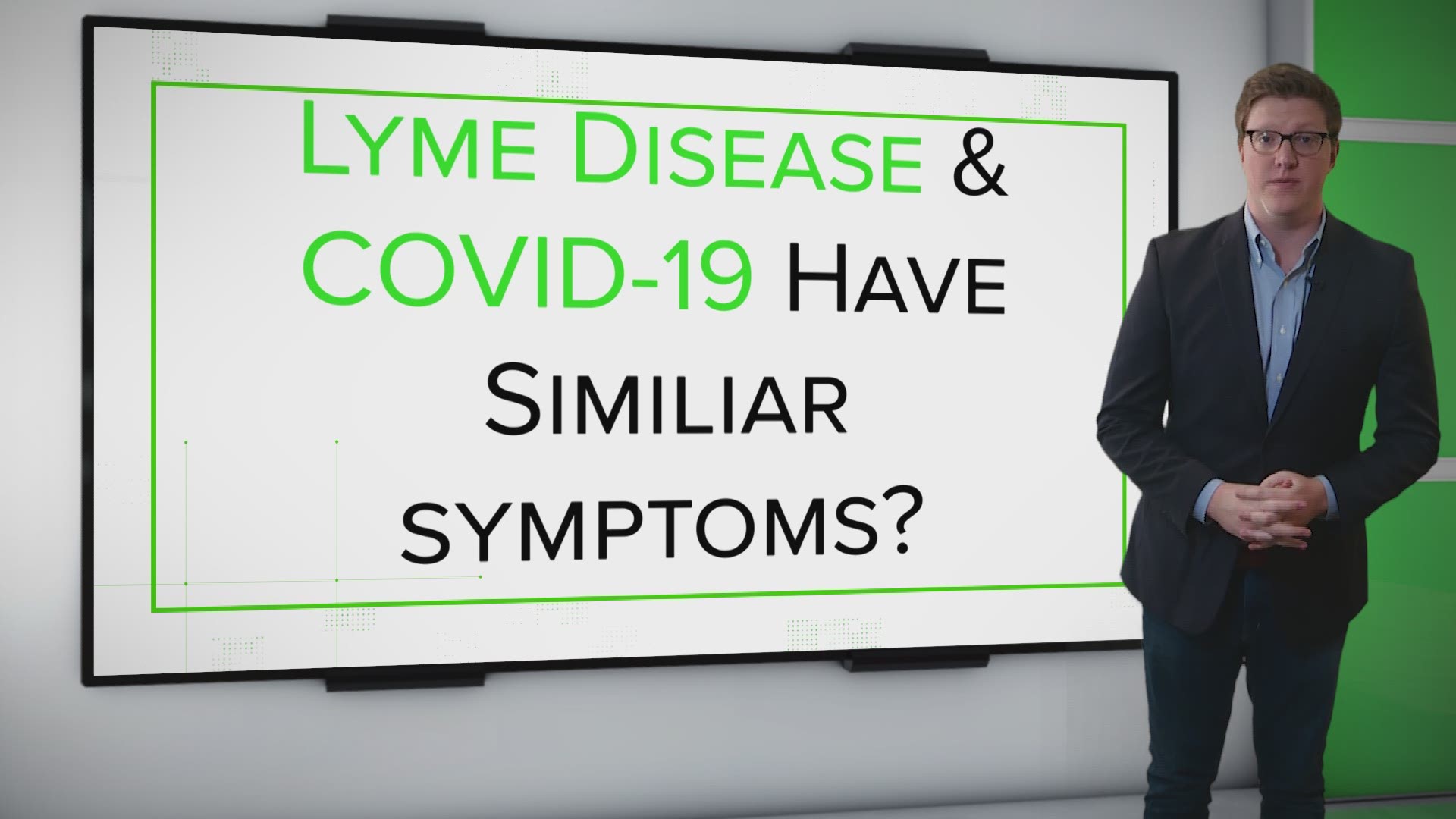News broke Monday that the World Health Organization announced COVID-19 transmission from asymptomatic carriers was "very rare." Stories referenced the WHO media briefing where the quotes came from.
But the WHO hasn’t changed policy on asymptomatic cases. In fact, the doctor quoted in the WHO media briefing said she was misunderstood.
THE QUESTION
Does the WHO believe asymptomatic transmission of COVID-19 to be very rare?
THE ANSWER
Not officially at the moment.
A doctor referenced studies in a media briefing suggesting it may be rare, but later emphasized the uncertainty regarding the virus.
This also doesn’t mean that people who don’t feel sick can’t spread the virus as the WHO classifies pre-symptomatic cases and mildly symptomatic cases differently than asymptomatic cases.
WHAT WE FOUND
At about 31:40 into the WHO media briefing, a reporter asked a question about asymptomatic transmission. The question was answered by American infectious disease epidemiologist Dr. Maria Van Kerkhove.
During her answer, she said, “But from the data we have, it's very rare an asymptomatic person actually transmits onward to a secondary individual.”
That sentence made news headlines as evidence the WHO was changing course on what they’ve said previously about asymptomatic transmission.
But within 24 hours, the WHO held a Q&A session where it started by addressing this topic. Dr. Van Kerkhove was the one who handled the correction.
She said that there was a misunderstanding over what she said originally. She was referencing a few studies that seemed to suggest this, but that those studies didn’t necessarily mean that asymptomatic spread was rare worldwide or that was the WHO’s new position.
She also stressed in the Q&A that there is a difference between asymptomatic cases and pre-symptomatic cases, which is the period of time you have the virus but aren’t yet showing symptoms.
It’s also important to note that she stressed the difference between asymptomatic cases and mild disease in the initial media briefing. “The other thing we're finding is that when we actually go back and say, ‘How many of them were truly asymptomatic?’ we find out that many have really mild disease, very mild disease. They're not, quote-unquote, COVID symptoms. Meaning they may not have developed fever yet, they may not have had a significant cough, or they may not have shortness of breath. But some may have mild disease.”
Finally, Dr. Van Kerkhove posted to her Twitter account Tuesday a link to a WHO PDF from June 5 about mask use guidance. The document says current evidence suggests most transmission occurs from symptomatic people to others when appropriate PPE is not used. However, it also says, “Viable virus has been isolated from specimens of pre-symptomatic and asymptomatic individuals, suggesting, therefore, that people who do not have symptoms may be able to transmit the virus to others.”
So WHO hasn’t changed policy and part of the misunderstanding comes from semantics. It’s still believed you can get the virus from someone who may not have any noticeable symptoms.

